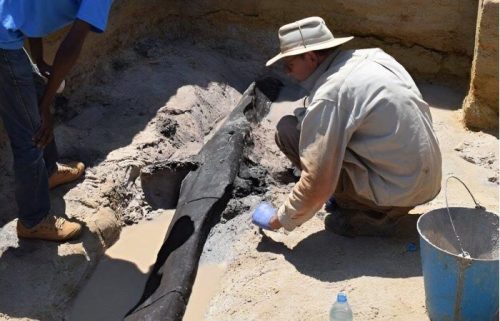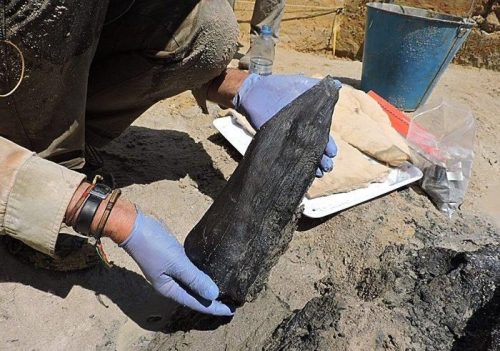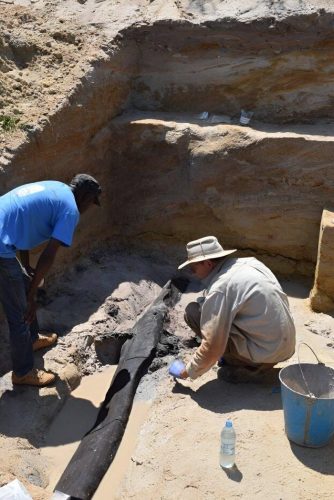
In the realm of archaeology, few discoveries can capture the imagination quite like the revelation of the world’s oldest wooden structure, predating the existence of Homo sapiens. This extraordinary find not only challenges our understanding of early human history but also provides a unique window into the environmental context of a bygone era. In this article, we embark on a journey through time to explore the paleoecological aspects surrounding this remarkable discovery and gain insights into the world in which it was constructed.
The Ancient Wooden Structure
The world’s oldest wooden structure, dating back to a period before the emergence of Homo sapiens, represents a monumental achievement in archaeological research. The structure itself offers tantalizing clues about the pre-human era and the remarkable abilities of our distant ancestors. It stands as a testament to their ingenuity and resourcefulness, showcasing their capacity to harness the natural world for shelter and possibly symbolic or ritualistic purposes.
Paleoecological Study: What Lies Beneath
To understand the context of this ancient wooden structure, a paleoecological study becomes paramount. Paleoecology is the study of past ecosystems, aiming to reconstruct ancient environments and the interplay of climate, flora, and fauna. By delving into the paleoecological aspects of the site, researchers can piece together a comprehensive narrative of the environment in which this structure was created.

Climate Reconstruction: One of the key aspects of paleoecology is the reconstruction of past climates. By analyzing sediment cores and pollen records from the vicinity of the wooden structure, scientists can estimate the climate conditions that prevailed during its construction. Were our pre-human ancestors adapting to a drastically different climate than we know today? This question is central to understanding their resource utilization and survival strategies.
Flora and Fauna: Examining the ancient environment also involves studying the flora and fauna of the region. The analysis of fossilized plant remains and animal bones near the site can shed light on the availability of natural resources such as wood for construction and food sources for our pre-human ancestors. Were they hunting, gathering, or perhaps even practicing agriculture on a small scale?

Human-Environment Interaction: Understanding how our distant relatives interacted with their environment is a key component of paleoecological research. Did they possess a deep knowledge of local plant and animal life? Were they engaging in sustainable practices or causing environmental impacts? These questions help us reconstruct the social and cultural aspects of their existence.
The Significance of Paleoecological Insights
The paleoecological study of the world’s oldest wooden structure holds immense significance on multiple fronts:
Cultural Insights: By unraveling the environmental context, we can speculate on the cultural significance of this structure. Was it a shelter, a gathering place, or a site of spiritual importance? The environmental data can help us interpret the role it played in the lives of its builders.
Technological Advancements: Understanding the available resources and environmental challenges our pre-human ancestors faced can provide valuable insights into their technological advancements. How did they develop the tools and techniques to construct such a wooden edifice in their era?
Climate Change Implications: Given the temporal context of this discovery, it offers a unique perspective on natural climate variations. Insights into past climatic shifts can inform discussions about contemporary climate change and its potential impacts.

The world’s oldest wooden structure, discovered pre-dating the existence of Homo sapiens, is a testament to the remarkable abilities of our ancient ancestors. Through paleoecological research, we are piecing together the environmental context in which this structure emerged, shedding light on their adaptation strategies, cultural practices, and the technological marvels of their time. As we delve deeper into the past, we also gain a deeper appreciation for the intricate relationship between early humans and their environment, reminding us of our shared history with the natural world.






